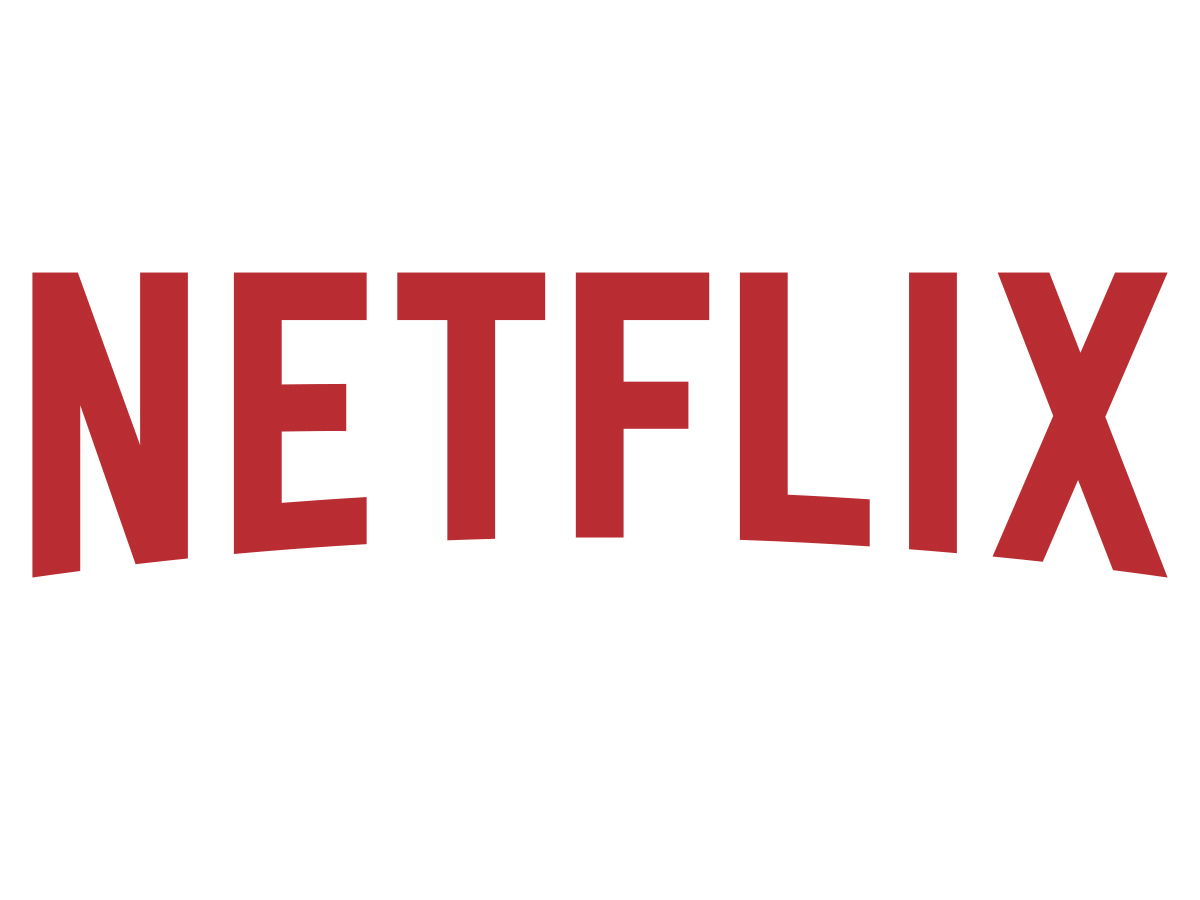In a move that seems cruel so close to the release date of Stranger Things season four, Netflix has begun rolling out a pilot program to curtail password-sharing among users that could net the streaming service billions. An exclusive report in Variety revealed last week that Netflix has begun charging users a fee for every friend or relative with whom they share their account. Variety further reports that, according to a Cowen & Co report, this move could prompt half of non-paying Netflix users to begin paying for the service, with a quarter signing up for their account, adding what they estimate to be an additional $1.6 billion in revenue for the streamer.
So far, the trial is limited to three countries in South America; Chile, Costa Rica, and Peru. Currently, the fee is less than the cost of a regular membership, with a monthly Basic Netflix membership in Peru running at the US dollar equivalent of $6.59 and an Extra Membership add-on costing $2.09 USD. According to a blog post on Netflix’s site, in addition to the Extra Member option, under this program, Netflix users who wish to start their own account can transfer their profile, with all of their viewing history and personalized recommendations intact, meaning that they won’t have to start their Netflix viewing from scratch.
This comes as a reversal of previous Netflix policy as articulated by CEO Reed Hastings at the 2016 Consumer Electronics Show in Las Vegas when he said, “We love people sharing Netflix. That’s a positive thing, not a negative thing.” However, six years later, Netflix is no longer the only player in the streaming game, with HBOMax and Disney Plus providing fierce competition for the subscriber dollar.
This also comes on the heels of a disappointing 2021 for Netflix in terms of subscriber growth. In a second pandemic year which saw its customer base trapped indoors watching TV, the streamer recorded its lowest subscription year since 2015, underperforming for the first time in years in a 50% dip from the year before.

